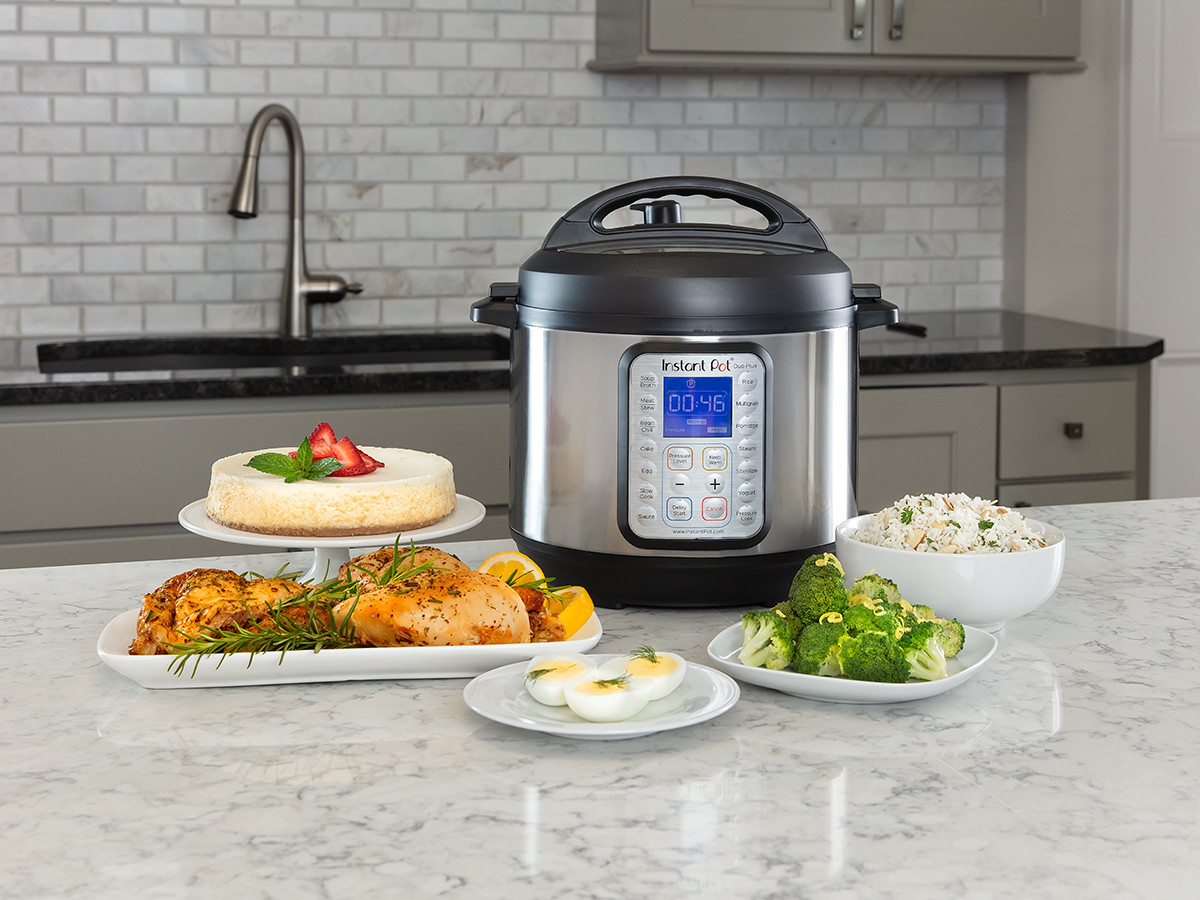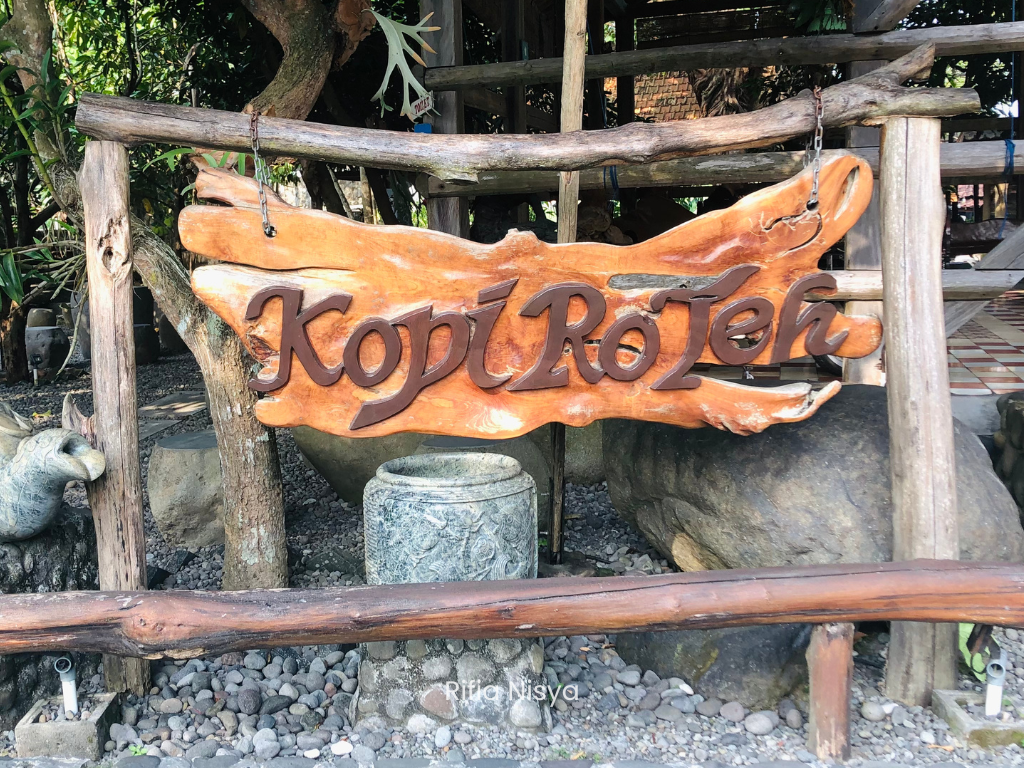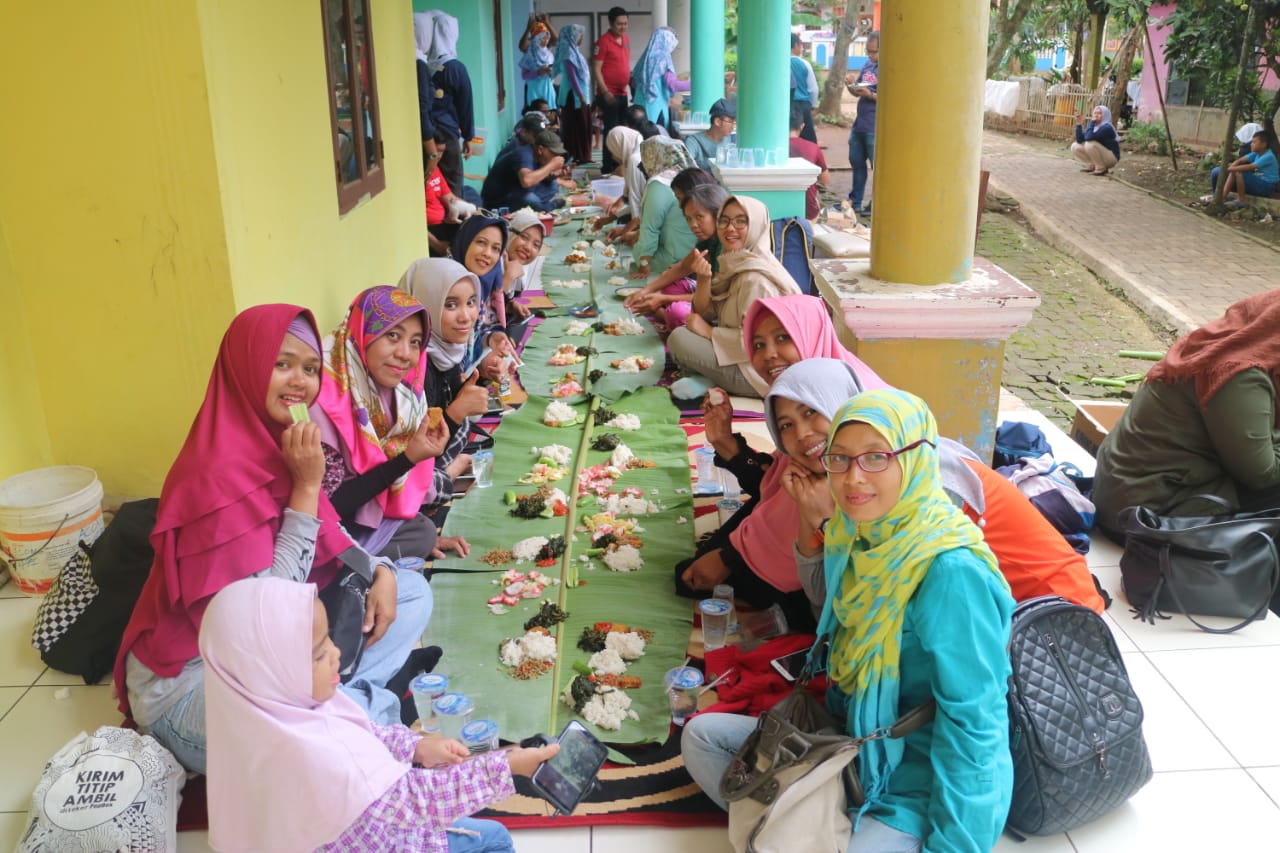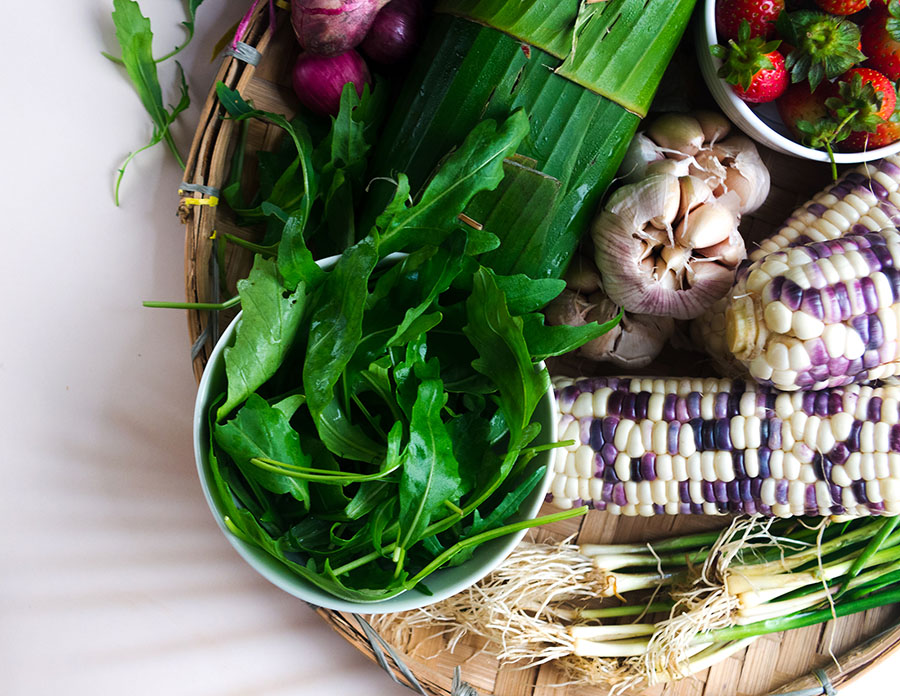written by Monica Manoch
Bali, a paradise island known for its vibrant culture and stunning landscapes, also boasts a unique, aromatic, and delectable cuisines. Similar to other regions in Indonesia, Balinese food offers a delightful exploration of traditional dishes that burst with flavor.
Spice is the Essence:
One defining characteristic of Balinese cooking is its aromatic and rich flavors, primarily derived from a special spice mix called Base Genep. This ancient blend, used since the 9th century, forms the foundation for many beloved Balinese dishes. Traditionally, the inhabitants of Bali, predominantly Hindu, revere cows as sacred animals. This religious belief translates to a cuisine where beef is rarely consumed. However, a wide variety of vegetables, poultry, seafood, and other meats are creatively incorporated into Balinese dishes.
Base Genep: A Symphony of Spices
This magical spice mix is a symphony of aromatics and flavors. Imagine a combination of shallots, garlic, galangal (a ginger-like root), kencur (aromatic ginger), turmeric, ginger, lemongrass, candlenut, coriander seeds, chilies, shrimp paste, bay leaves, and limes. Each ingredient plays a crucial role in creating the distinctive Balinese taste & aroma profile.
Betutu: A Culinary Masterpiece
One of the most famous dishes using Base Genep is Bebek Betutu or Ayam Betutu, where duck or chicken is marinated in the fragrant spice mix and then slow-cooked wrapped in banana leaves. The banana leaf imparts a unique aroma, further elevating the dish’s flavor profile. Interestingly, Base Genep not only adds complexity but also helps neutralize any potential fishy smells from seafood.
Beyond Betutu: A Culinary Adventure
The versatility of Base Genep extends far beyond Betutu. With this wondrous spice mix forms the base for an array of other Balinese culinary delights, including sate lilit (minced meat skewers), lawar (a vegetable and meat salad), and flavorful curries. Historically, Bebek Betutu held a special place in Balinese culture, even finding its way onto royal feast menus.
A Touch of Tradition: Measurement by Fingers
Traditionally, Balinese cooks wouldn’t rely on scales to measure ingredients in Base Genep. Instead, they’d use their fingers as a charmingly unique measuring tool. For instance, the middle finger might measure the amount of galangal, while the ring finger would scoop the perfect amount of ginger.
Bringing the Flavor Home:
Today, finding Base Genep is a breeze. You can easily find it in traditional markets, supermarkets, and even online platforms, often in ready-to-use pre-made mixes. If you’re craving a taste of Bali? Simply grab a pack of Base Genep and explore its versatility. Use it in vegetable stir-fries, create your own curries, or marinate meats, seafood, or poultry for an explosion of Balinese flavors in your own kitchen.
For the truly adventurous foodies, some hotels and restaurants in Bali offer Balinese cooking classes, allowing you to delve deeper into the art of creating this magical spice mix and the delectable dishes it inspires, they will teach everything step by step so you can make this spice mix from scratch.
One of the well known Balinese cooking class is located Ubud, the Casa Luna cooking class. Casa Luna, led by Ibu Janet De Nefee. An Australian with a love for Balinese culture, Ibu Janet and her Balinese husband run a collection of Ubud establishments, including restaurants, guesthouses, and of course, the Casa Luna cooking school. There, Ibu Janet shares the secrets of Balinese cuisine, drawing on her favorite recipes from the island and her knowledge passed down through her book on Balinese cooking Balinese cooking with her favorite recipes from the island.





